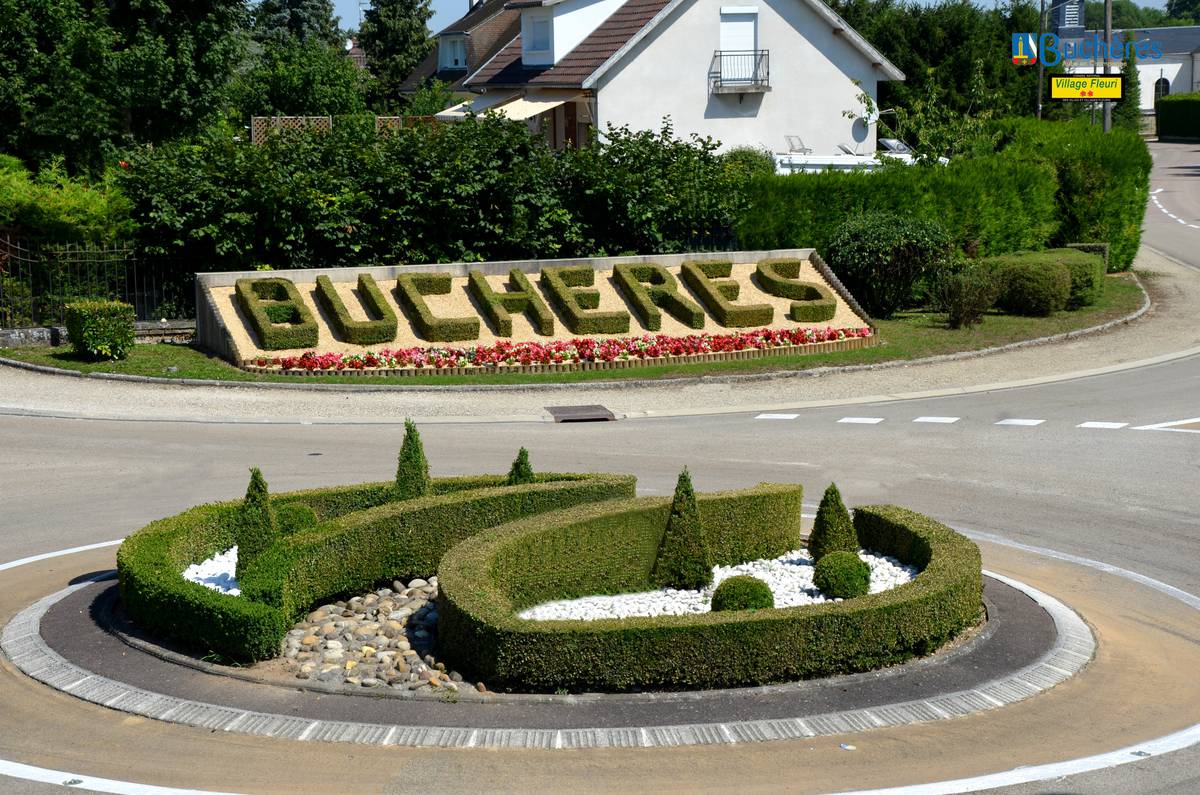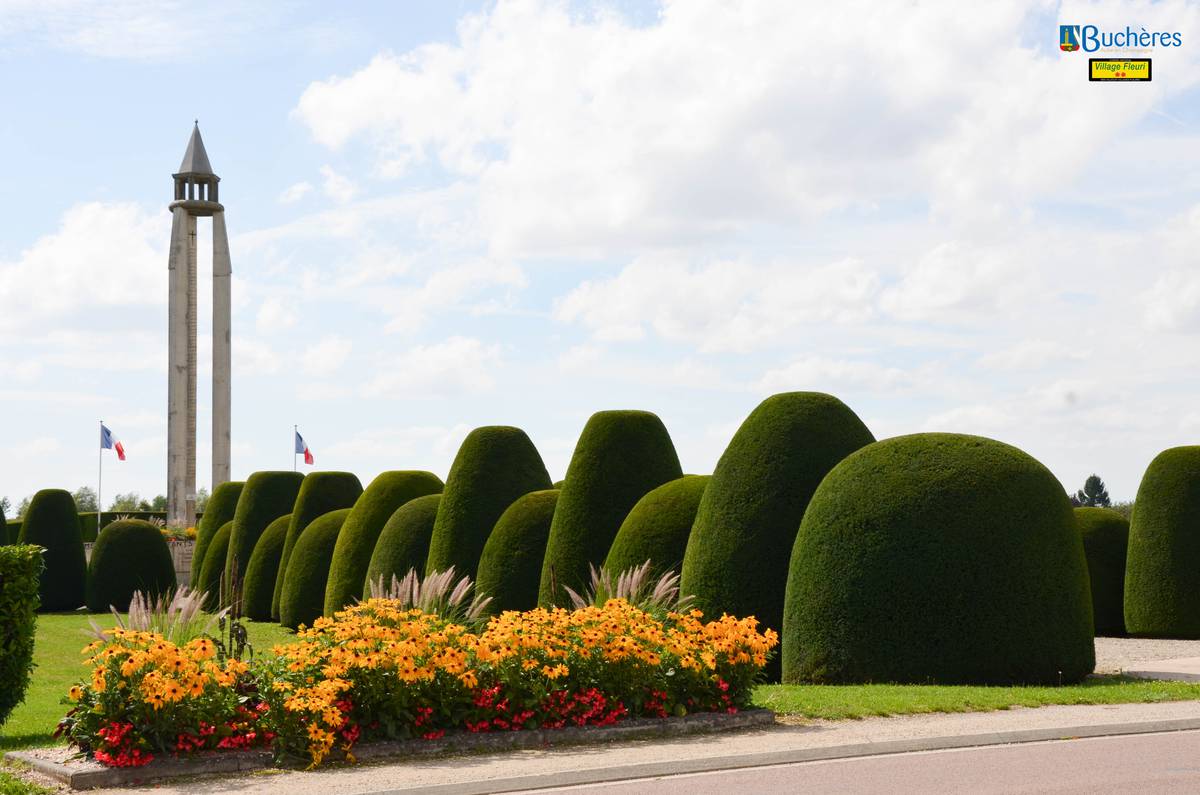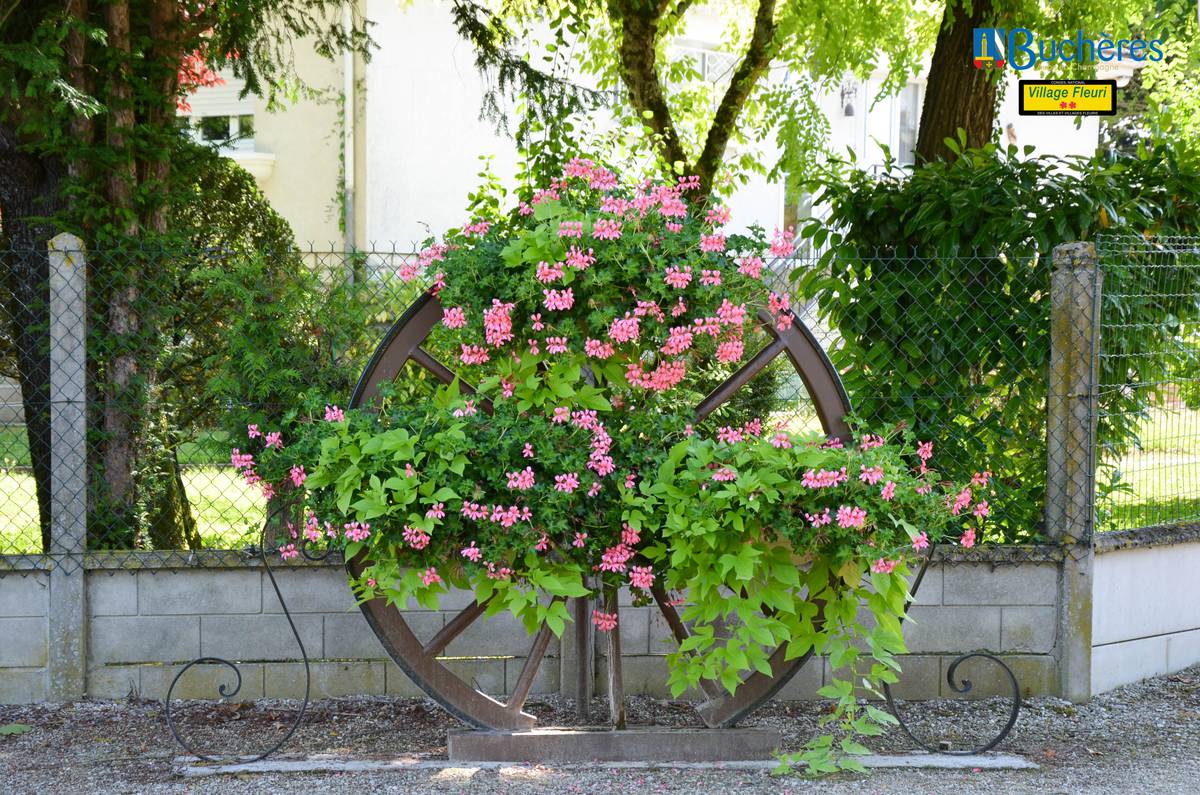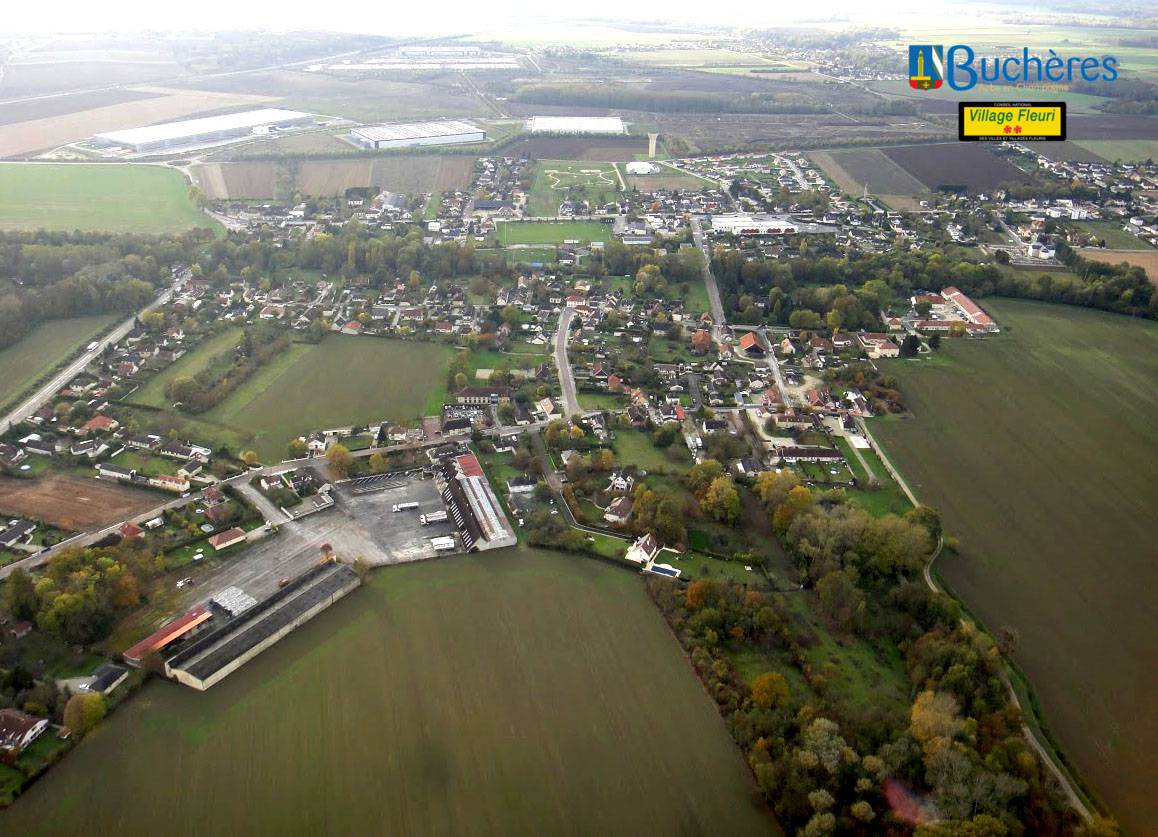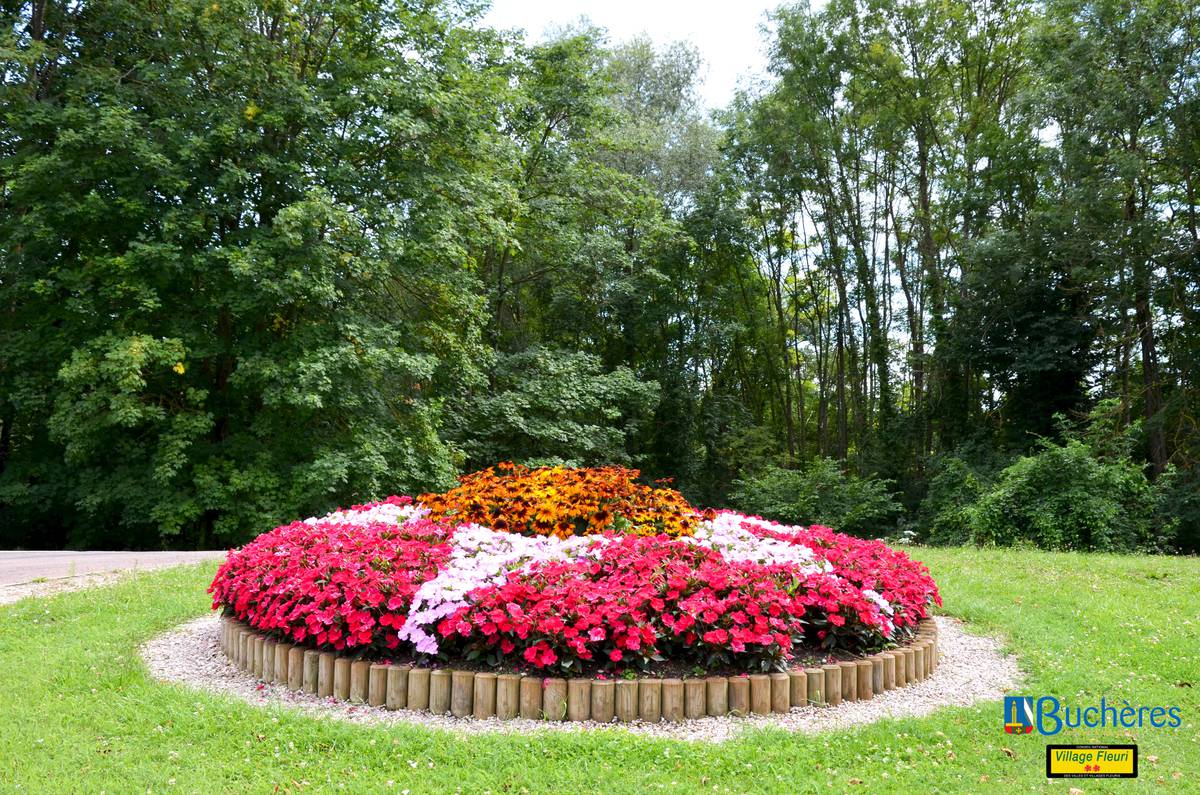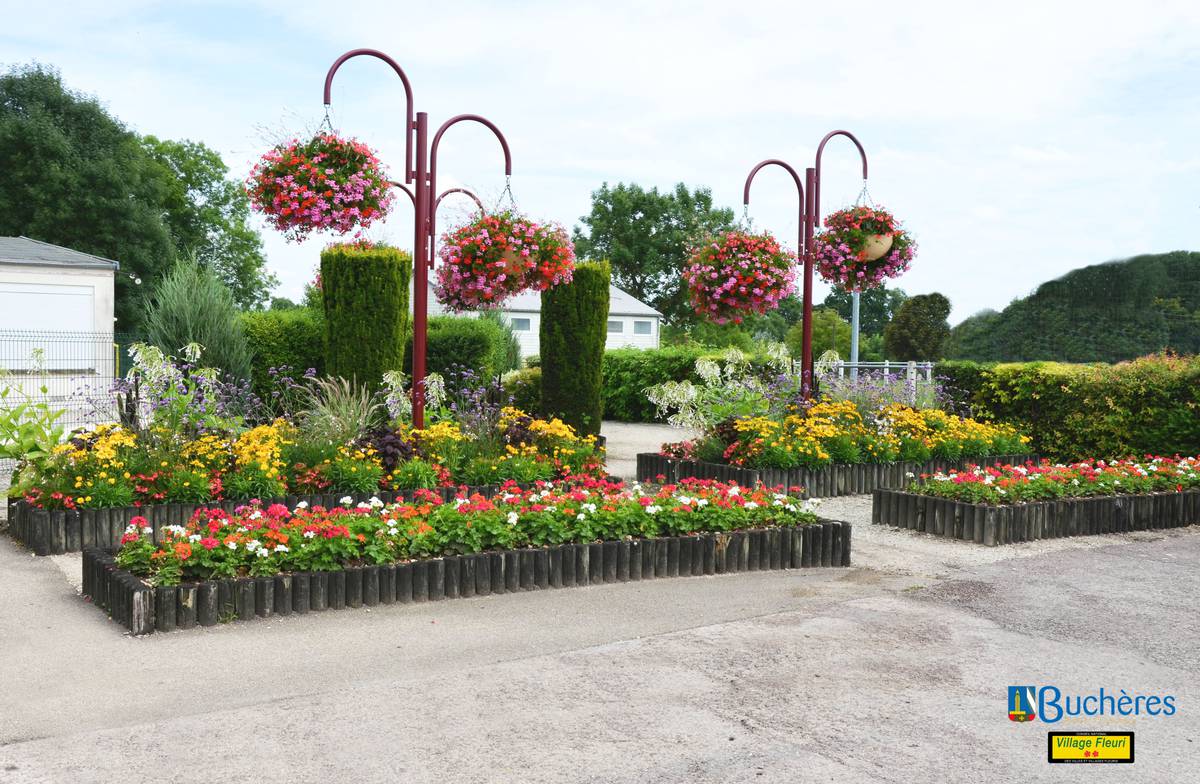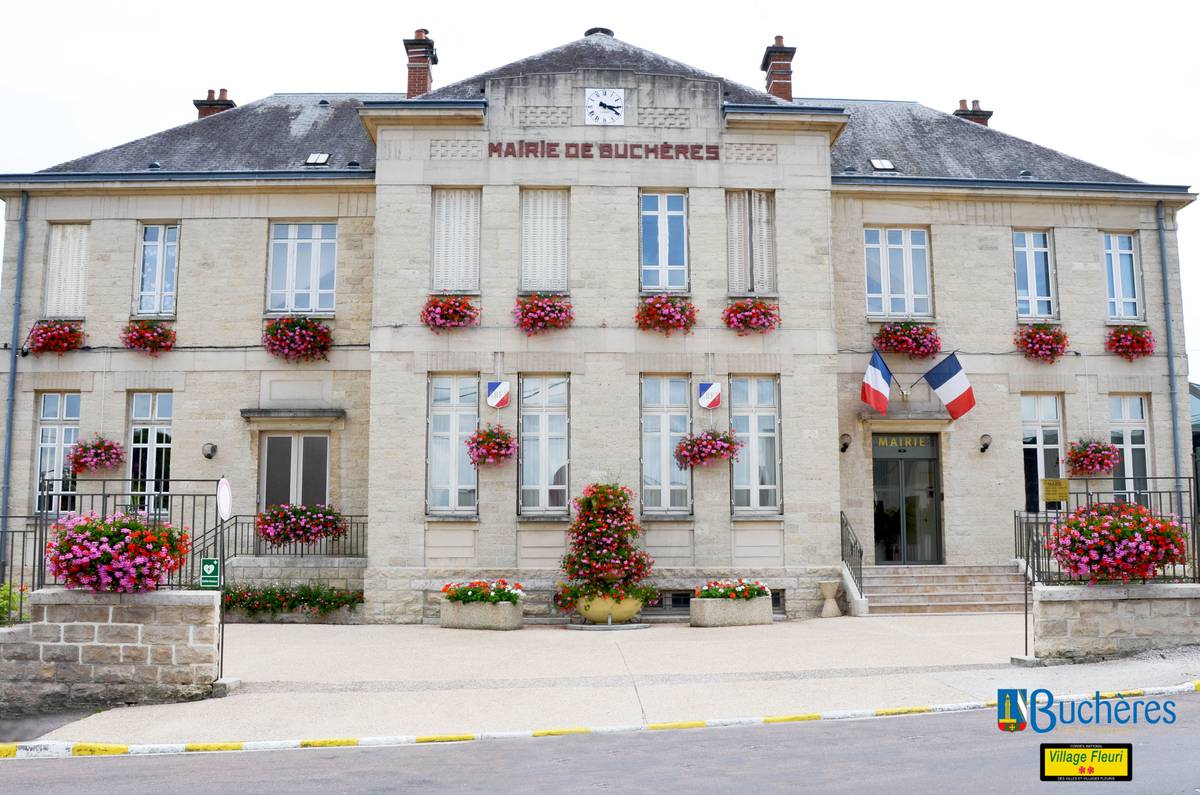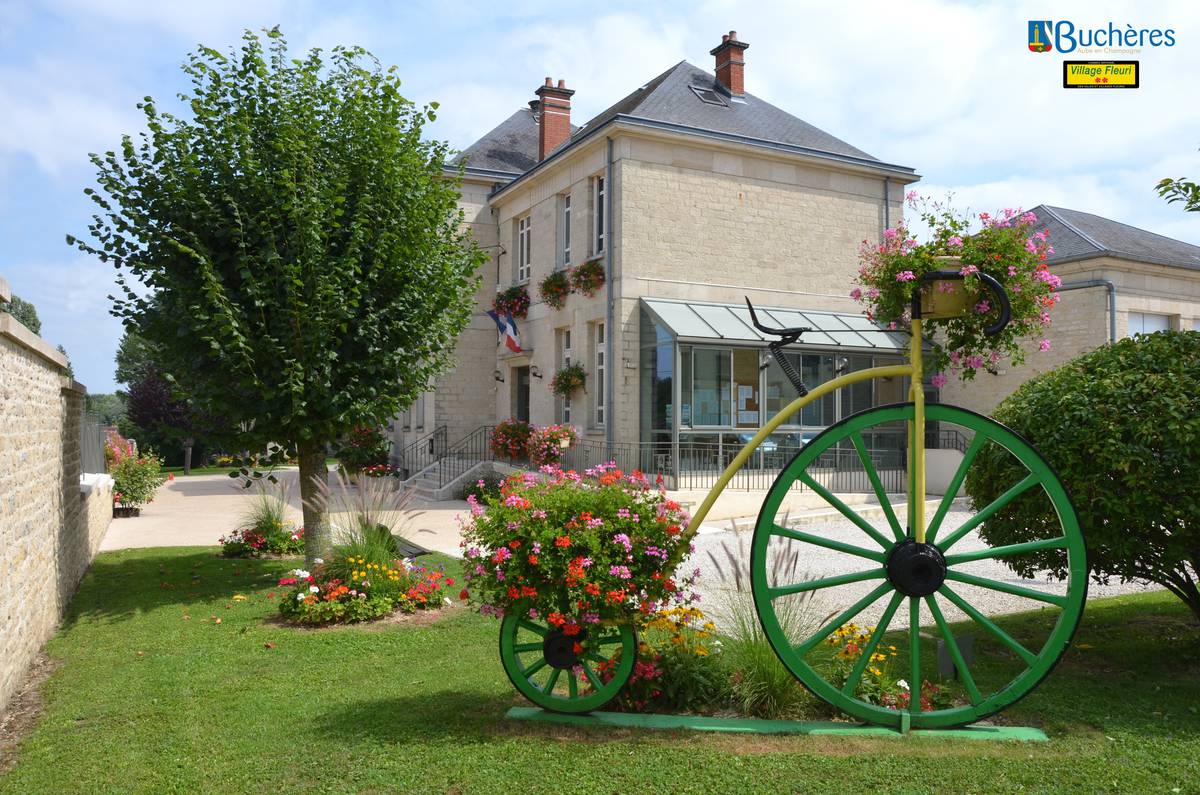This commune covers an area of 7.1km² and has around 1490 inhabitants who are known as ‘Buchérois’. It is located 8km south of Troyes city centre and has been part of the greater Troyes area since 2011. It can be reached via various routes, including the D444 from Troyes and Bréviandes and the D671 ‘Route de Dijon’. Buchères is less than 5 minutes from junction 21 (Saint-Thibault) of the A5 from Paris.
Buchères retains all the characteristics of a rural commune, but with economic development centred around businesses, shops and associations, as well as the facilities and services available to residents, it is becoming increasingly suburban. Rural charm is mixed with the convenience of the town. Two flowers have been awarded by the Villes et Villages Fleuris organisation in recognition of the community’s green fingers.
History has left its mark on Buchères from the time it was first occupied in the Middle Paleolithic, as can be seen by the everyday objects that were found during excavations. Wars have also touched Buchères. During the Napoleonic campaigns of 1814, the area was occupied by encampments of soldiers on route to confront the Prussian army a few kilometres away between Clérey, Isle-Aumont and Buchères. Napoleon himself may have set a trap at Maisons Blanches causing 20,000 enemy cavalrymen to stampede across the hamlet.
In Rue du Monument to the east of the village, the First World War memorial pays homage to the ‘children of Buchères who died for France’. In Rue des Martyrs du 24 Août a lantern of the dead has been erected in memory of the 67 civilians who were massacred in Buchères on the 24 August 1944.
The church is dedicated to the Assumption of the Virgin and dates from 1850 – 1853. The neo-classical style of Buchères church is evident from its façade, which is decorated with a tympanum. The porch also takes inspiration from antiquity with its entablature and pilasters with Corinthian capitals.
TO FIND OUT MORE
>>> Commune Website
>>> Accomodation
>>> Catering
>>> Shops and Services
